The Debate Over Offshore Drilling in the Arctic: Pros and Cons
The vast and resource rich region of the Arctic holds enticing prospects for oil and gas. However, the prospect of offshore drilling in this fragile environment has sparked intense debate. Let’s delve deeper into the pros and cons, study real-world examples, and see how technology can help with Arctic exploration.
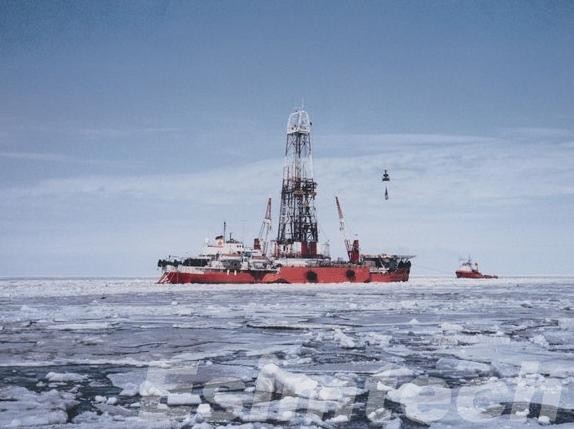
The Pros of Offshore Drilling in the Arctic
The potential benefits of offshore drilling in the Arctic are significant, and extend beyond simply tapping into new energy reserves. Here’s a closer look at the arguments in favor of exploration:
Energy Security and Economic Benefits: Countries like the United States currently rely heavily on oil imports from often politically unstable regions. Arctic oil and gas could significantly reduce this dependence, bolstering energy security and reducing vulnerability to price fluctuations. Additionally, resource extraction creates jobs in various sectors, from exploration and drilling to transportation and refining. This economic activity can provide a much-needed boost to local and national economies, particularly in regions where traditional industries are declining.
Reduced Reliance on Unstable Regions: Diversifying energy sources geographically can lessen dependence on countries with a history of political turmoil or a lack of transparency. This can lead to a more stable global energy market, with less risk of price manipulation or supply disruptions due to regional conflicts.
Technological Advancements and Environmental Mitigation: The oil and gas industry emphasizes the strides made in safety measures and technology to minimize environmental risks. These advancements include:
- Blowout preventers: Sophisticated equipment designed to automatically shut down wells in case of emergencies, preventing uncontrolled releases of oil.
- Containment and recovery techniques: Improved methods for containing and recovering spilled oil in the event of an accident, minimizing the environmental impact.
- Improved drilling practices: Directional drilling allows for targeting specific zones within a reservoir, reducing the amount of wellbore required and the overall environmental footprint.
Potential for Byproduct Capture: Modern drilling operations can incorporate technology to capture carbon dioxide emissions, a major contributor to climate change. This captured carbon can then be stored underground or utilized for enhanced oil recovery in existing fields, reducing the net greenhouse gas impact of the project.
It’s important to acknowledge that these arguments are not without counterpoints. Environmental concerns remain a major point of contention, and the long-term viability of fossil fuels in a world increasingly focused on renewable energy sources is a valid question.
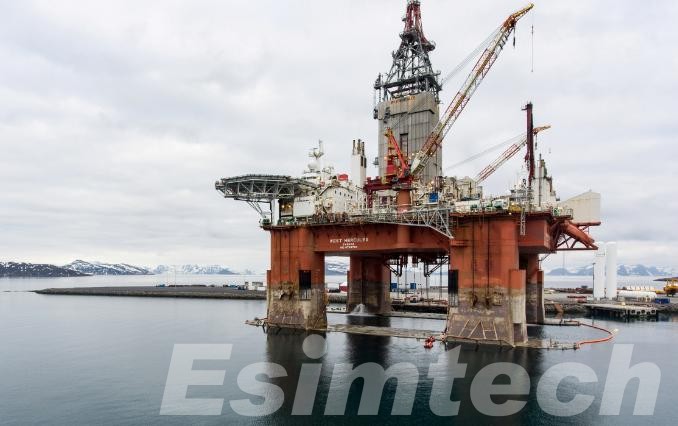
The Cons of Offshore Drilling in the Arctic
The potential negative impact of Arctic offshore drilling far exceeds the possibility of large-scale oil spills. The Arctic ecosystem is relatively fragile and intricately interconnected, bearing enormous pressure from climate change. Below is a detailed introduction to the environmental threats brought by Arctic drilling:
- Disruption of Wildlife Migrations: Seismic exploration, drilling activities, and increased ship traffic can disrupt the established migration patterns of whales, walruses, and polar bears. These disruptions can lead to difficulties finding food and breeding grounds, jeopardizing the survival of already vulnerable populations.
- Impact on Food Chain: Oil spills and other forms of pollution can contaminate the Arctic food chain, harming everything from plankton at the base to fish, marine mammals, and ultimately birds that feed on these animals. The long lifespan of some Arctic species leads to bioaccumulation of contaminants, posing long-term health risks.
- Threat to Sensitive Habitats: The Arctic seafloor holds unique ecosystems like coral reefs and sponge gardens that are slow-growing and easily damaged. Drilling activities and infrastructure can physically destroy these habitats or introduce harmful pollutants that disrupt their delicate balance.
- Exacerbating Climate Change: The very act of extracting and burning fossil fuels contributes to climate change, which is already causing a rapid thaw of Arctic sea ice. This melting ice opens up more areas for potential drilling, creating a vicious cycle that further accelerates warming and threatens the entire Arctic ecosystem.
Beyond the immediate environmental damage, there are also concerns about the long-term viability of relying on Arctic oil and gas. The remoteness of the region makes any cleanup efforts extremely challenging, and the harsh climate conditions limit the drilling window each year. Additionally, with the global push towards renewable energy sources, the long-term economic viability of Arctic drilling is increasingly uncertain.
Real-World Examples of Offshore Drilling in the Arctic
The Arctic presents a complex picture when it comes to offshore drilling. Here’s a closer look at real-world examples that highlight the challenges and approaches taken by different nations:
Alaska (United States): The Prudhoe Bay oilfield on Alaska’s North Slope has been a significant source of oil production since the 1970s. However, its peak production is long past, and new drilling efforts face strong opposition due to environmental concerns. The controversial Arctic National Wildlife Refuge (ANWR) holds the potential for vast oil reserves, but opening it for drilling sparks debates about protecting a pristine wilderness crucial to migratory caribou herds.
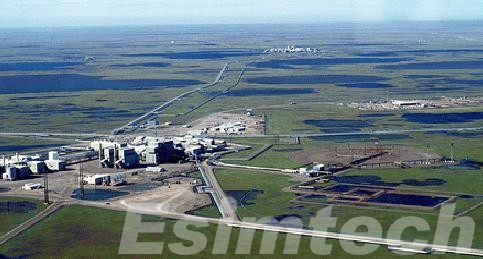
Russia: Russia is a dominant player in Arctic oil and gas. Its extensive operations in the Barents and Pechora Seas contribute significantly to the nation’s energy production. However, a 2011 accident on the Kolskaya drilling platform resulted in a major oil spill, raising concerns about Russia’s safety record and environmental regulations.
Norway: Norway has taken a more measured approach to Arctic drilling. Balancing resource development with environmental responsibility, they established stricter regulations and invested heavily in safety technology. The Snøhvit gas field in the Barents Sea showcases this approach, utilizing subsea production systems to minimize environmental impact on the surface.
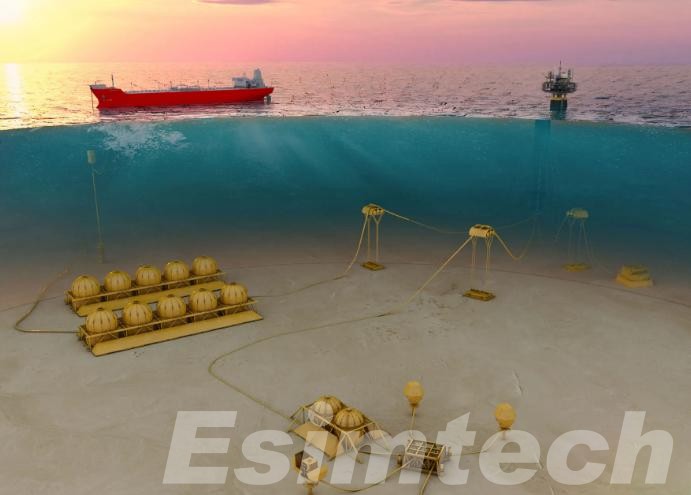
Greenland: This autonomous territory within the Kingdom of Denmark holds a unique position. While initially granting exploration licenses, Greenland’s parliament voted in 2022 to halt all new oil and gas exploration due to climate change concerns. This decision reflects a growing global shift towards prioritizing sustainability over fossil fuel extraction in the Arctic.
These examples showcase the diverse approaches taken by Arctic nations. While some prioritize economic benefits and energy security, others prioritize environmental protection and align development with climate change considerations. The future of Arctic drilling will likely involve a delicate balancing act between these competing interests.
Technologies Helps to Explore Offshore Resources
The harsh Arctic environment demands unique solutions for resource exploration. Thankfully, advancements in technology are providing a powerful toolkit for safely and efficiently assessing offshore potential. Here’s a look at some key technologies:
- Advanced Seismic Surveys: These create detailed 3D maps of subsea features, allowing for precise targeting of potential resources and hazards.
- Remotely Operated Vehicles (ROVs): These uncrewed underwater vehicles act as the workhorses of Arctic exploration, collecting data, performing maintenance, and venturing into dangerous areas.
- Ice-Strengthened Drilling Rigs: Specially designed rigs withstand extreme weather and thick sea ice for safe and reliable operation.
- Advanced Data Acquisition and Processing: Sophisticated systems collect and analyze real-time data from various sources, enabling informed decision-making and operational optimization.
- Offshore Drilling Simulation: Crews train in immersive simulators replicating real-world scenarios before ever encountering the complexities of Arctic drilling.
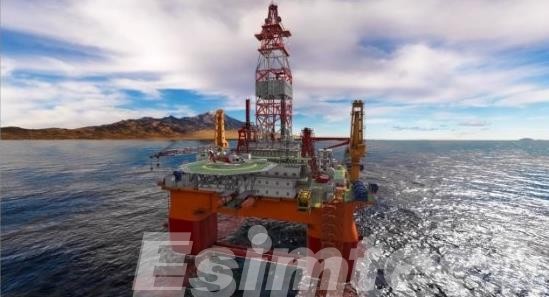
This technological arsenal empowers exploration companies to gain valuable insights into the Arctic’s subsea environment, mitigate environmental risks, and ensure safety throughout the process.
Conclusion
The Arctic’s vast energy potential is countered by environmental risks. Nations weigh economic benefits against ecosystem protection. Technology aids exploration and safety, but the path forward demands a delicate balance. Responsible resource development must coexist with environmental safeguards and addressing climate change. Only through collaboration and continued innovation can we secure a sustainable future for the Arctic.
